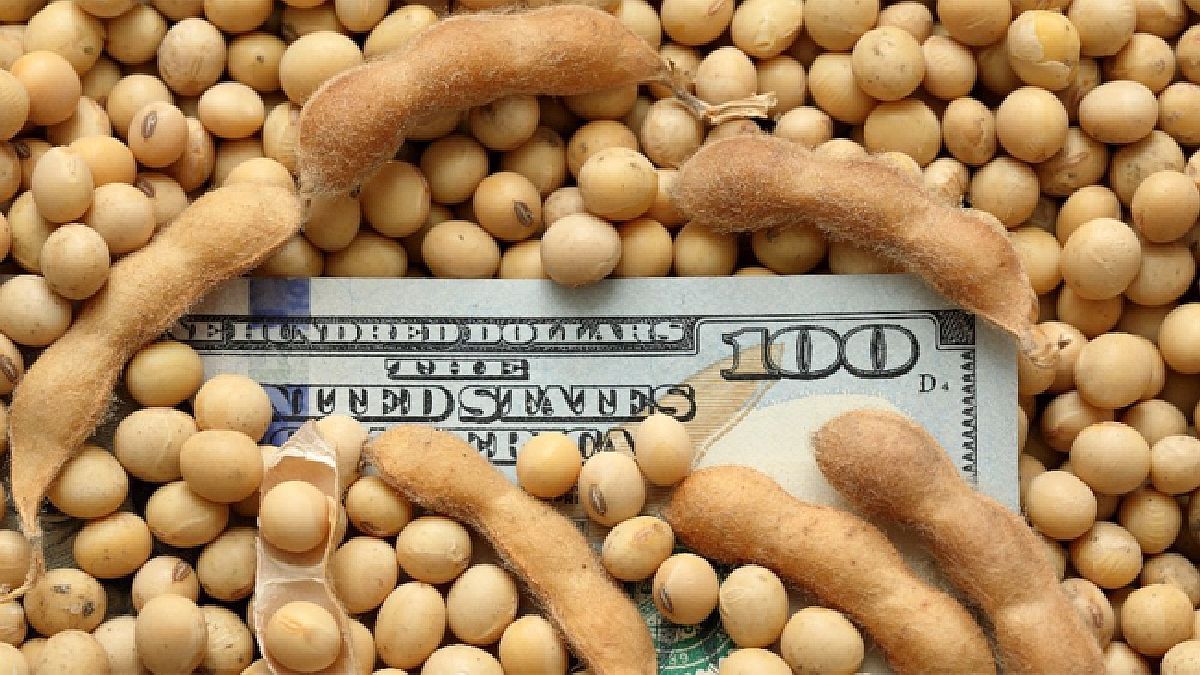According to official statistics, until last week, 7.3 million tons of soybeans from the 2021/22 campaign remained to be sold and in the last seven days only 65,500 tons were sold. A derisory tonnage that does not move the needle in the income of foreign currency and much less in the need for grain that today the oil industry has to grind in its factories.
The most encouraging projections detailed that more than US$2,000 million in foreign currency could enter in March from the agro-export sector, but these calculations are already outdated, taking into account that the bulk of the soybean dollars would begin to enter just between weekends. April and early May.
Going forward in the sector there is also a more than uncertain future since the lower soybean production would generate the need to import more grain from neighboring countries to supply the milling industry. The first projections anticipate that this year Argentina would have to import at least 10 million tons, thus further complicating the trade balance.
Logically, the crushing industry will seek to maintain its historical production levels to meet its customers and not lose its competitive position in international markets, but this scenario will inevitably complicate the Argentine trade balance. The closest precedent to this situation is the April 2018/March 2019 cycle when 7.2 million tons were imported and for this year the USDA is already anticipating that some 6.2 million tons should be purchased from abroad, a volume that already it became outdated with the new production losses.
Another key issue generated by the drought is that the lack of rainfall also complicate the seed industry, a thriving sector and also a generator of foreign exchange.
In short, for now, it is estimated that this year the cut in foreign currency income, only contemplating the agro-export complexes of grains and by-products, can be reduced by between US$10,000 and US$18,000 million, compared to the record of 2022. when the field brought in $40 billion.
Source: Ambito




